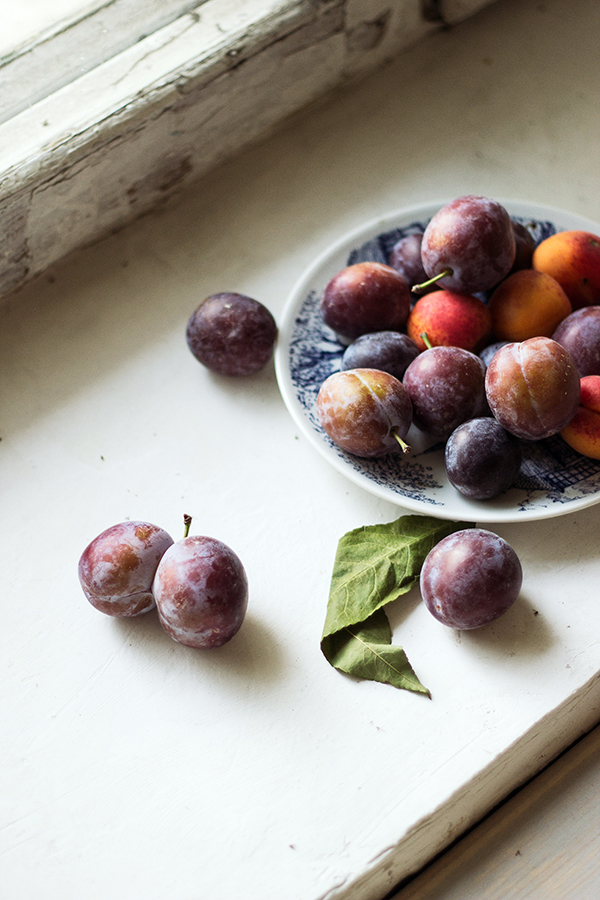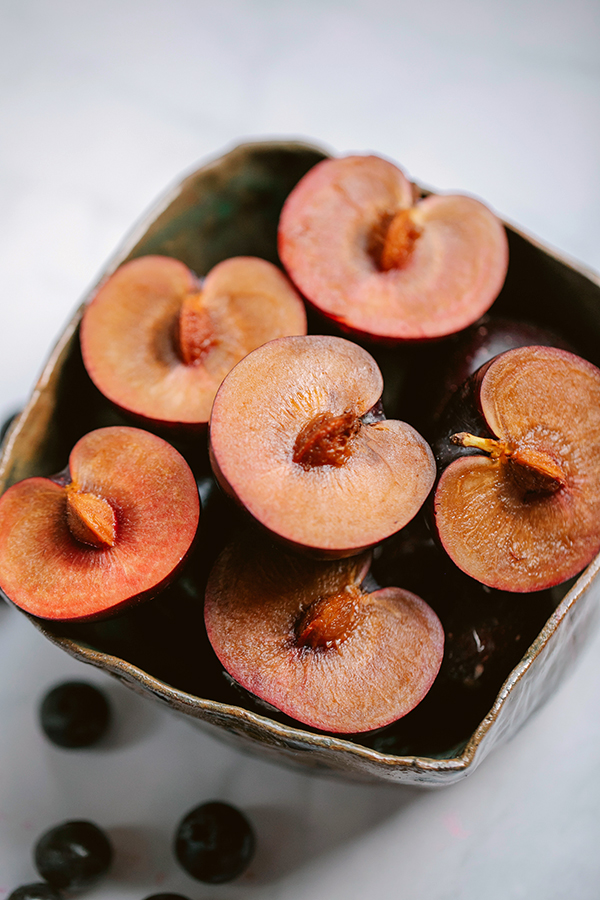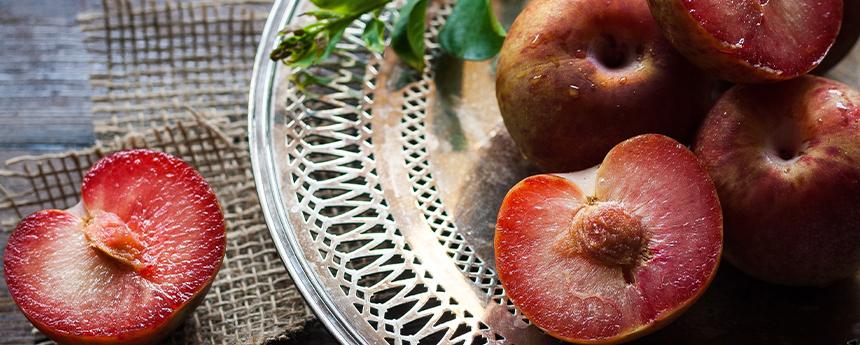- 2023-01-11
plum cultivation
Growing environment:
Li is generally born at an altitude of 400-2600 meters in the hillside thicket, valley sparse forest or water, gully bottom, roadside and other places; Strong adaptability to the climate, as long as the soil layer is deep, there is a certain fertility, no matter what kind of soil can grow; High air and soil moisture requirements, extremely resistant to water; It is suitable to grow in a place with loose soil, good air permeability and drainage, deep soil layer and low water table.
Cultivation technique:
Garden site selection:
The selection of garden land is an important part of the establishment of plum garden and the development of plum production, which has an important impact on the growth, fruit, yield and quality of plum, management difficulty and cost. The selection of the site should be based on the biological characteristics of plum trees and the requirements of natural environmental conditions, combined with the local natural ecological conditions and social economic geographical conditions. Generally, the slope is 5-20°, the pH value is 4.5-8, the average annual temperature is 15-20℃, and the gentle slope mountain with good drainage is selected for the garden construction.
Preparation before planting:
Excavate the planting pond according to the specifications planned by the survey. The excavation specification of the planting pond on the production requires a width of 80 cm and a depth of more than 100 cm, and topsoil and subsoil are required to be stacked separately during excavation, so as to facilitate soil improvement during colonization. After the excavation of the planting pond, let the sun expose for about a week, and use the sun to disinfect the soil. A week later, backfill, backfill method: First of all, where conditions, each pond fertilizer 50-100 kg, calcium 2 kg or fruit tree special compound fertilizer 2 kg; Secondly, the farmstead fertilizer and chemical fertilizer and topsoil are fully stirred and mixed, and then backfill, should pay attention to, mixed topsoil first backfill to the bottom of the pond, separate stacked subsoil backfill in the upper part of the planting pond, do not mix with chemical fertilizer subsoil, so as to avoid the occurrence of "root burning" phenomenon in seedling planting; Finally, the planting pond is rammed back to earth, 10-15 cm above the ground, the shape of the "melon pond" shape can be.
Seedling planting:
The period of colonization varies with climatic conditions. Taking Jinning County of Yunnan Province as an example, under the local climate conditions, the period of Li colonization is generally from December to January next year, or it can be conducted in June of the same year when the rainy season comes.
The transplanting method is to select the grafted seedlings free of diseases and pests and robust. First, the excess rootstock and damaged taproots are pruned, and then the planting hole is dug in the middle of the backfilled planting pond for transplanting. During transplanting, the seedlings are gently lifted up by hand so that the roots can be extended. Ensure the survival rate of planting. Then pour enough root water and cover with film to retain water.
According to the light requirements of plum trees, high humidity requirements of the characteristics, can be appropriate close planting, planting way to wide row close rectangle is better, so as to facilitate mechanization and inter-row farming. In plum gardens with good soil conditions, row spacing should be 4-5 meters and plant spacing should be 3-4 meters. In mountainous and sandy land with poor soil, (4-5) m × (2-3) m plant spacing is used for planting. However, for the varieties with poor self-pollination or low seed setting rate, pollination varieties must be assigned, and the pollination varieties with the same flowering period should be selected, with the allocation ratio of 3:1.

Fertilizer and water management:
In orchard management, it is necessary to improve the soil, expand the fertilizer source, increase fertilizer, and pay attention to the reasonable application of nitrogen, phosphorus, potassium fertilizer. The main methods are as follows:
Base fertilizer should be applied early (September) and top fertilizer should be applied timely to provide nutrients required according to local phenological period. Attention plum saplings grow vigorously, need to apply more phosphorus, potassium fertilizer, less nitrogen fertilizer, nitrogen fertilizer should not make saplings grow as the principle. In full fruit stage, fruit trees produce more flowers and produce more buds, and new shoots grow slowly. After picking fruit every year, nitrogen fertilizer should be applied in addition to base fertilizer, and sufficient phosphorus and potassium fertilizer should be ensured to meet the needs of reproductive growth and vegetative growth. For old and weak trees, in order to enhance tree potential, nitrogen fertilizer should be applied mainly, less phosphorus and potassium fertilizer should be applied, and the ratio of nitrogen, phosphorus and potassium should be adjusted after the normal development of trees.
To see the tree fertilizer, fertilizer to see the ground. Can also refer to the size of the tree to determine the amount of fertilizer, planting annual young trees, the application of organic fertilizer 20-30 kg/plant, and the application of fruit tree special compound fertilizer 50 g/plant, increase year by year, after flowering, can be applied organic fertilizer 50 kg/plant in the autumn, in the flower or young fruit expansion period nitrogen, phosphorus and potassium fertilizer 0.5-1.0 kg/plant.
Before the planning of the park, the soil testing formula should be carried out. Firstly, the selected plots should be sampled with 5-point sampling method, and then the soil testing and analysis should be carried out. According to the analysis results, the formula fertilization should be carried out.
Depending on the growth habits of the plum trees, the plots with conditions should be irrigated 1-2 times to ensure the normal growth of the plum trees. The specific time is before the bud of plum tree, the young fruit expansion stage, the new shoot vigorous growth stage.
pruning:
Pruning and shaping of plum trees should not only be carried out according to the growth characteristics of plum trees, but also be carried out in different periods according to the growth needs of different stages. Young trees generally take the shape of natural happy and double open happy pruning. The former enables the plum trees themselves to be ventilated and fully exposed to light, and this treatment method has a higher seed setting rate. Secondly, it is easy to manage and can ensure the survival rate of plum trees is higher. The latter is used for plants with growth advantages to prevent excessive growth of plants and decrease of seed setting rate. It is also necessary to correct branches during the flowering period, removing branches that grow too fast to prevent nutrient deprivation and low fruit growth, and pruning branches that suffer from diseases and pests. Timely repair of aging branches to prevent retardation of plum plant growth. Pruning of summer plants generally includes core-plucking, twirling, ring stripping, taking branches and so on. The general period is in the summer of mid-June early July to carry out.





















